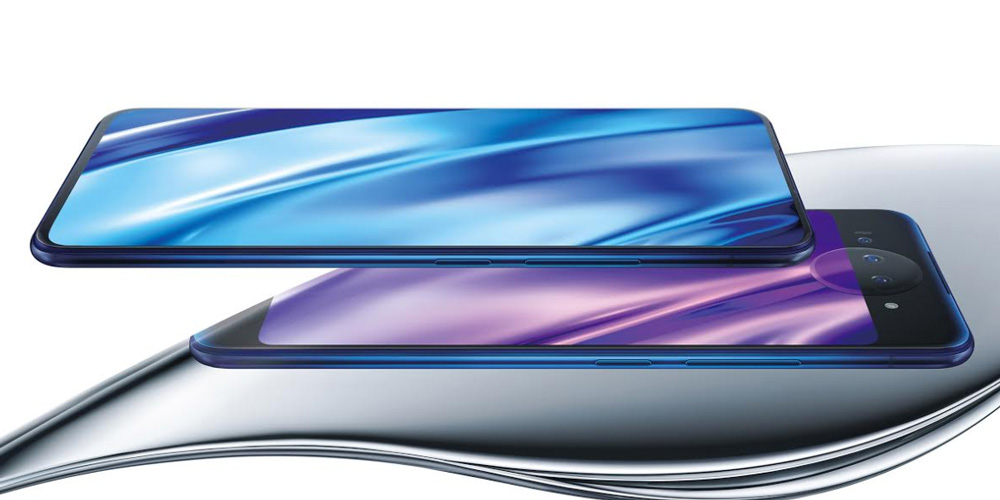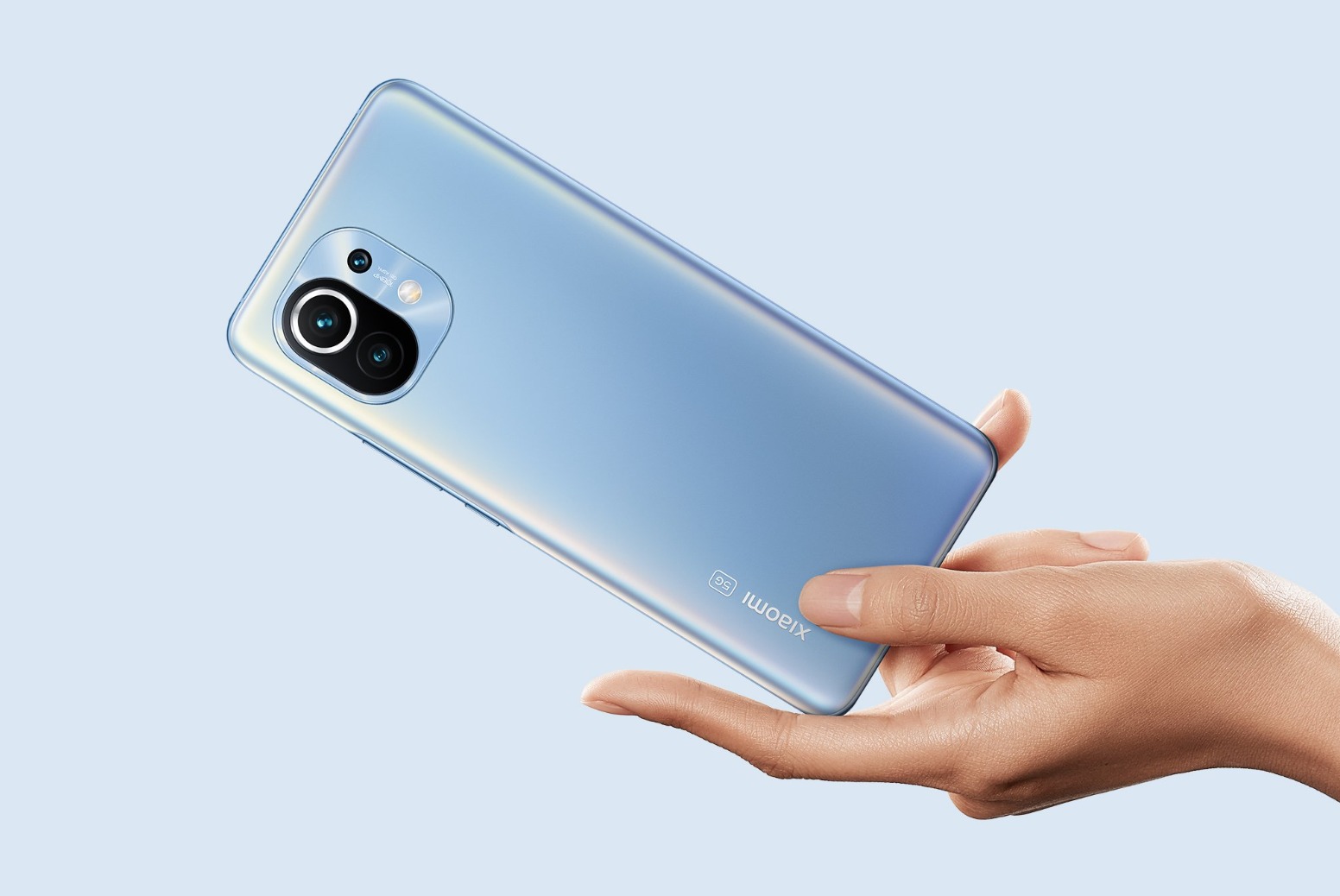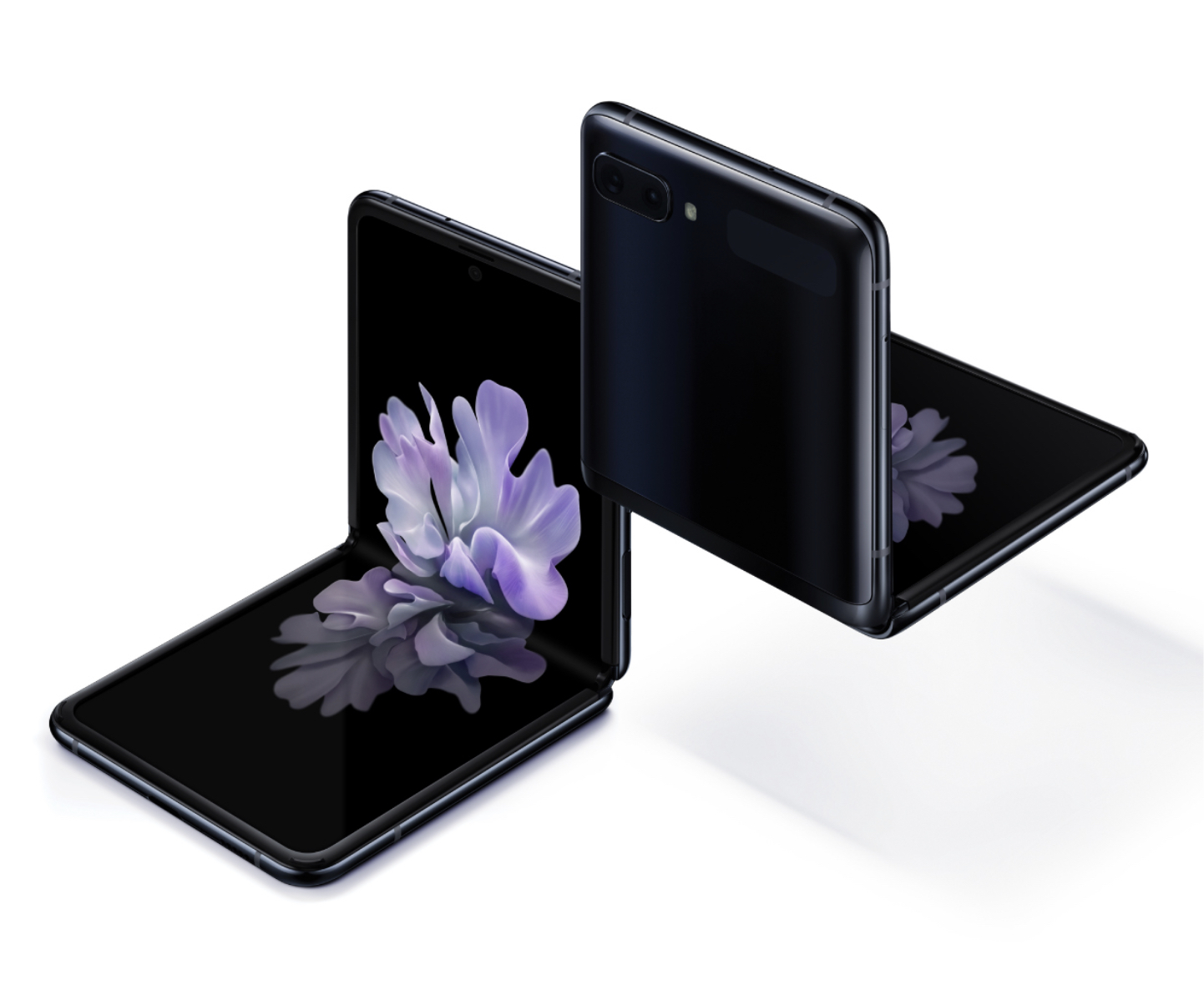2018 is an interesting year for smartphones. We’ve seen the proliferation of notched displays (thanks to 2017’s iPhone X), the introduction of cool pop-up cameras (here’s looking at you, vivo NEX and OPPO Find X), in-display fingerprint scanners, and the rise of multi-lens camera systems. Giving credit where credit is due, China smartphone maker vivo is one of the key innovators in at least two of those trends.
The vivo NEX, making a debut early in the year, showcased several cutting-edge technologies: in-display fingerprint scanner and an “elevating camera.”
These innovations spawned for smartphone makers’ quest to squeeze as much screen real estate from the smartphone’s candy bar form factor. The pursuit of a true “full screen” display is an on-going one, with device makers like vivo, OPPO and Xiaomi leading the way with devices boasting screen-to-body ratios exceeding 90 percent.
And vivo isn’t quite done yet. In its home base, China recently, vivo introduced the update to its original vivo NEX – the NEX Dual Display Edition.
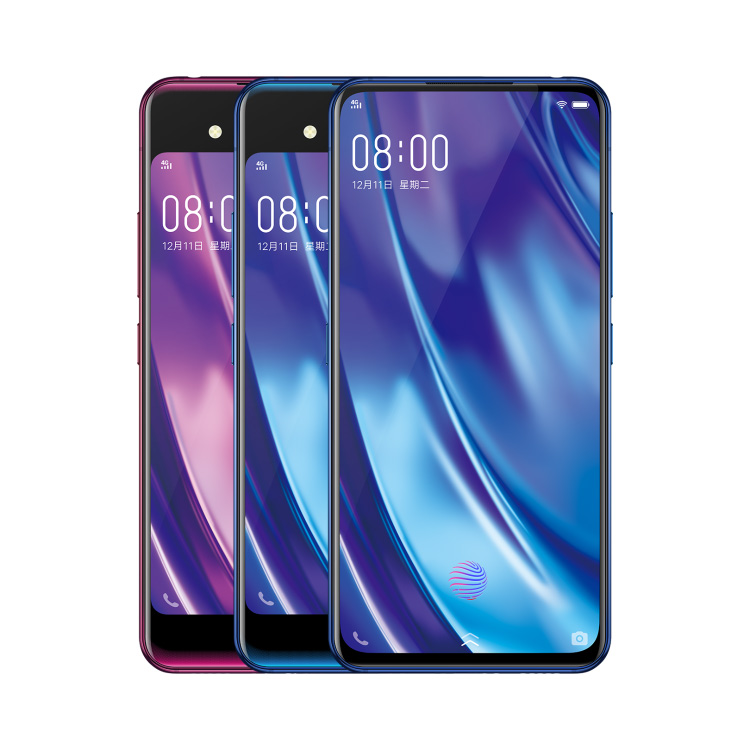 A dual-screen? Arguably, it isn’t the first to explore this form factor, with Nubia and Yota Phone first out of the gate.
A dual-screen? Arguably, it isn’t the first to explore this form factor, with Nubia and Yota Phone first out of the gate.
That said, the NEX Dual Display Edition does offer the biggest displays on a single device.
The front features a 6.39-inch FHD+ Ultra FullView Display with an incredible screen-to-body ratio of 91.63 percent. The notchless display is complemented by a secondary 5.49-inch FHD Super AMOLED display on the back.
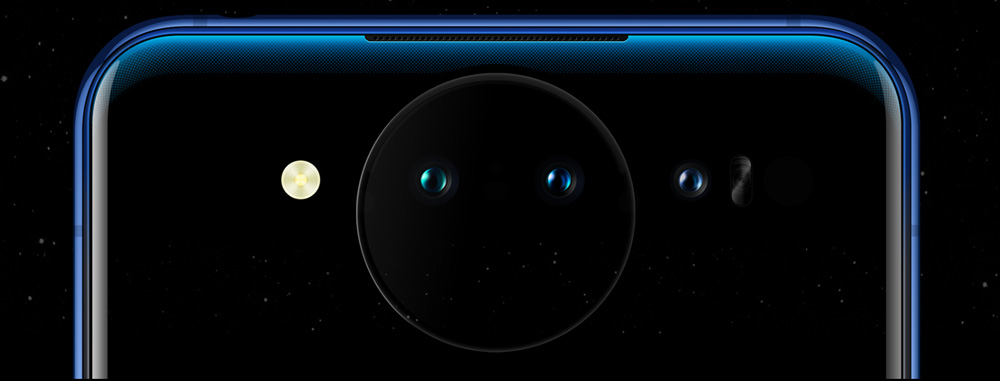 There’s a rear-facing triple camera system on the rear, keeping the front all-screen. It comes with a 12MP main camera using a Sony IMX363 sensor with 4-axis OIS, a secondary 2MP shooter and a third TOF camera for 3D depth sensing.
There’s a rear-facing triple camera system on the rear, keeping the front all-screen. It comes with a 12MP main camera using a Sony IMX363 sensor with 4-axis OIS, a secondary 2MP shooter and a third TOF camera for 3D depth sensing.
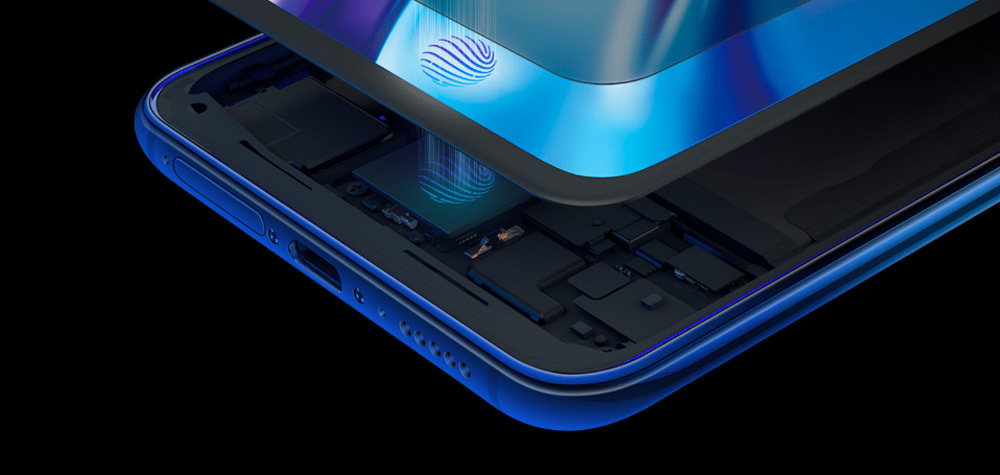 It features an in-display fingerprint scanner on the main display but if you prefer face unlock, you’ll have to turn the phone around to use the rear-facing cameras. It’s definitely a compromise and a little inconvenience in terms of user experience.
It features an in-display fingerprint scanner on the main display but if you prefer face unlock, you’ll have to turn the phone around to use the rear-facing cameras. It’s definitely a compromise and a little inconvenience in terms of user experience.
What’s also interesting is the “Lunar Ring” light on the back, surrounding the two main dual-cameras. The ring can illuminate in different colours for notifications and also doubles up as a soft light for selfies.
The rear display can also be used as a touch controls for gaming.
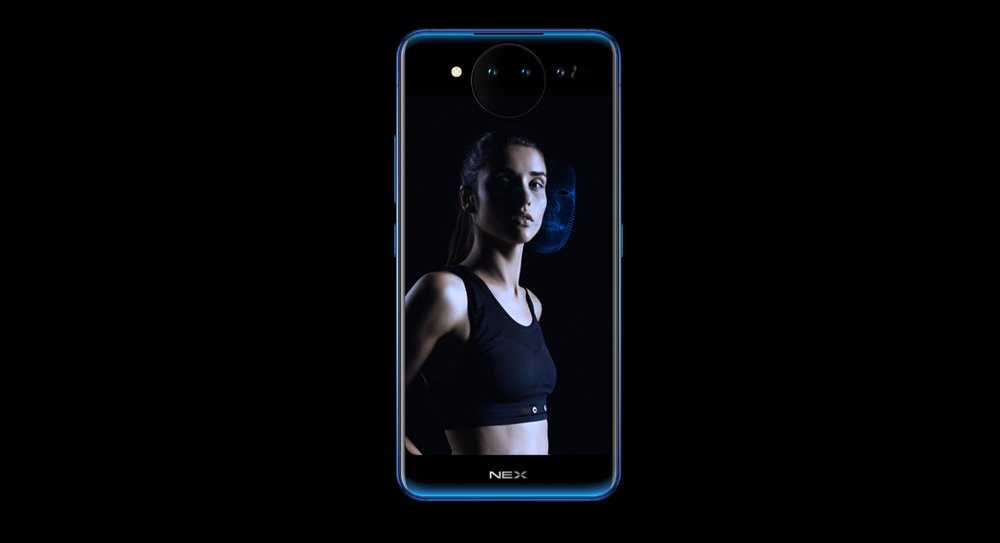 Powering the device is the top-of-the-line Qualcomm Snapdragon 845 processor coupled with a whopping 10GB of RAM and 128GB of storage.
Powering the device is the top-of-the-line Qualcomm Snapdragon 845 processor coupled with a whopping 10GB of RAM and 128GB of storage.
The built-in battery is rated at 3,500mAh, 500mAh less than on the vivo NEX. Battery life is expected to be less than its predecessor, considering it needs to power an additional display and is a smaller cell overall.
The vivo NEXT Dual Display Edition sells for CNY4,998 (MYR3,037) in China and will go on sale from 29 December 2019 onwards. Will this crazy concept come to Malaysia soon? Time will tell.


